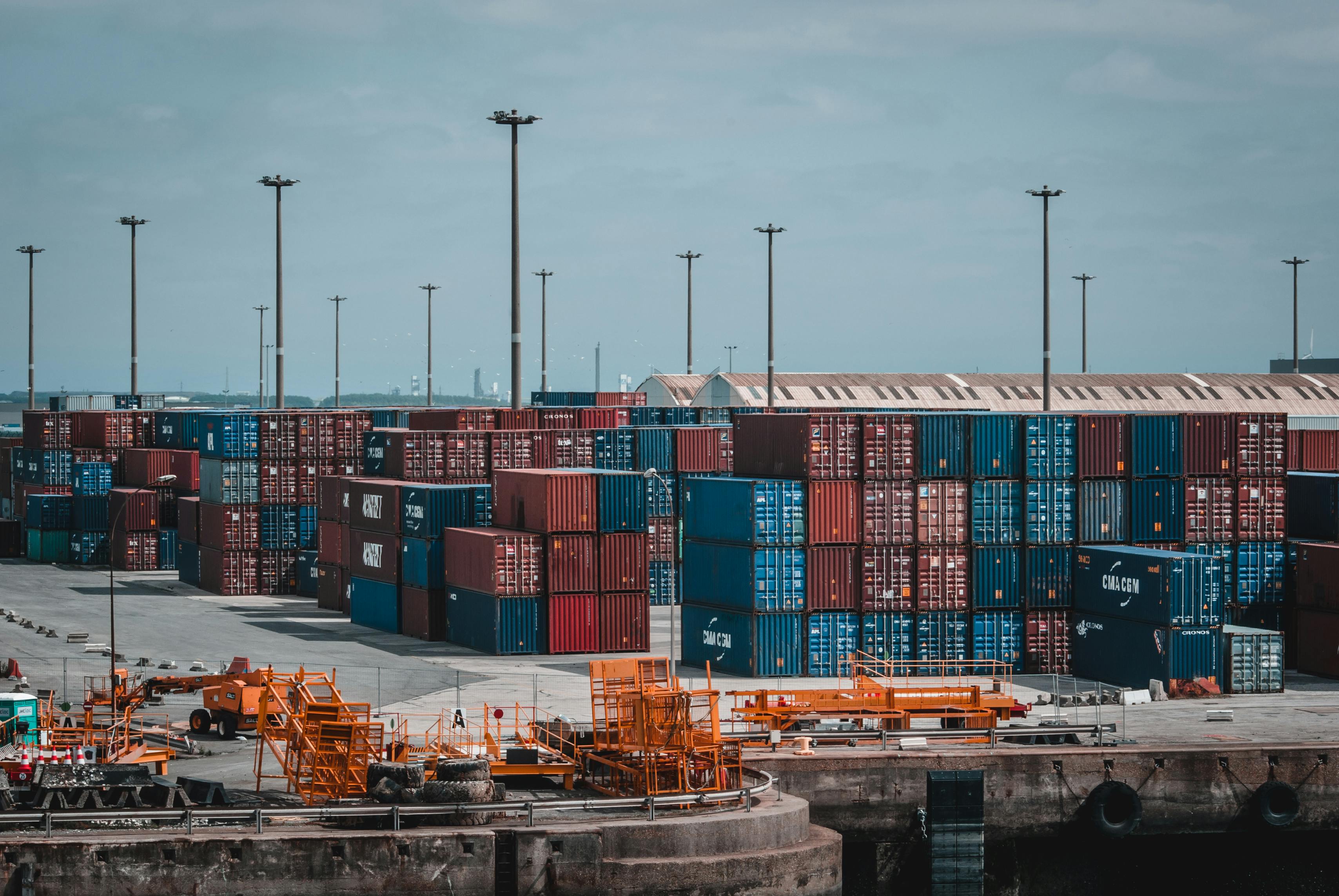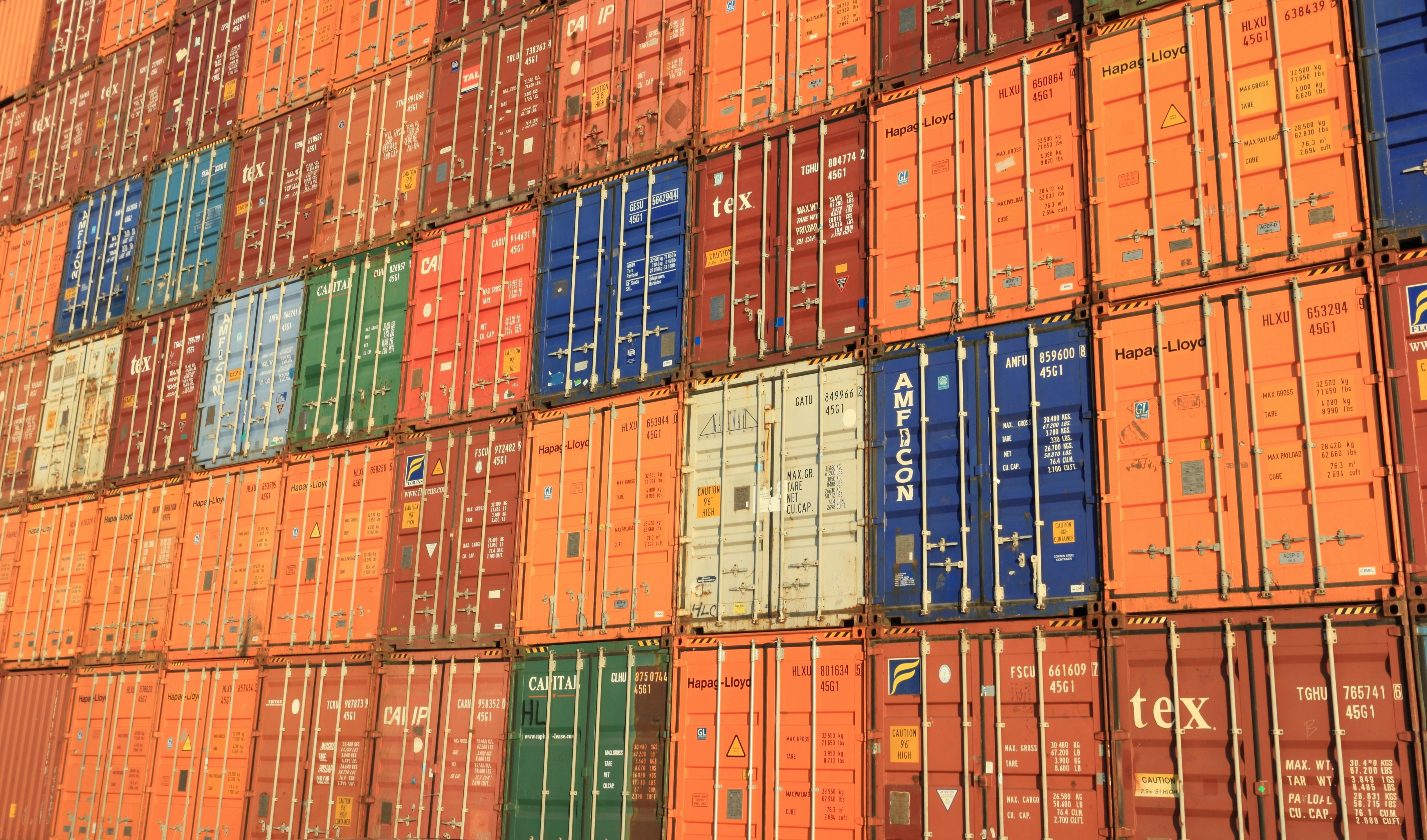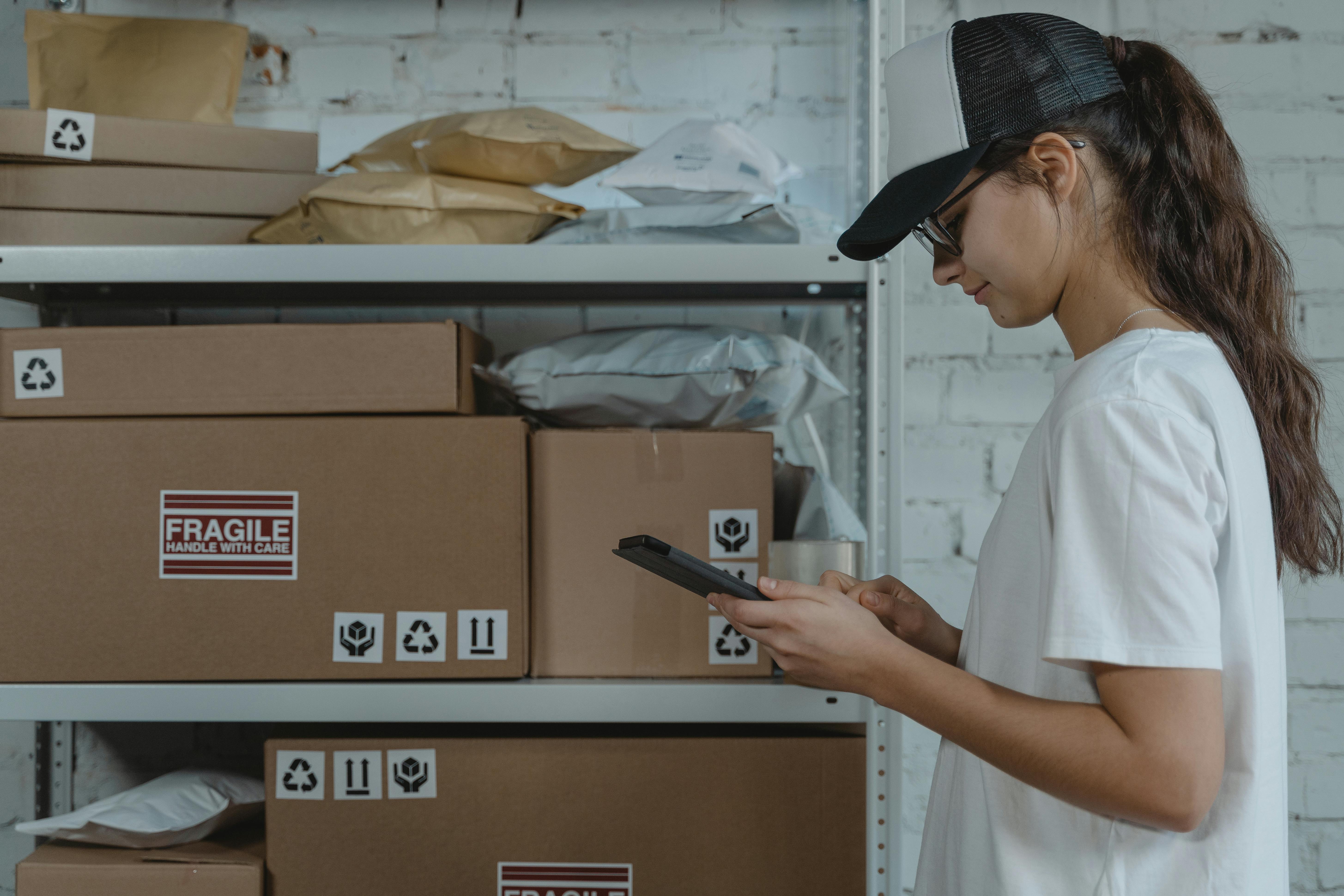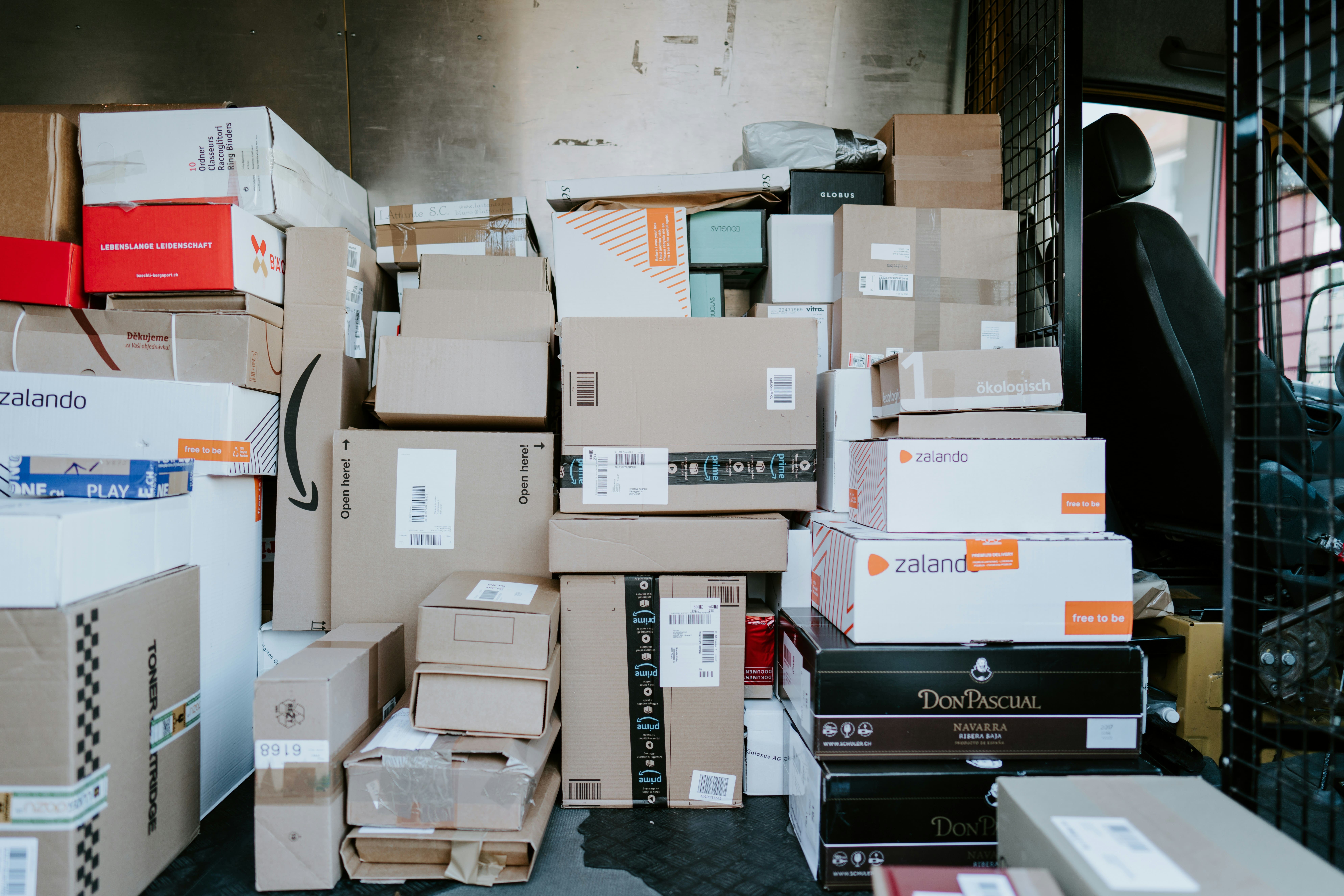Shipping Insights and Tips
Welcome to the Buster Fetcher blog—your ultimate resource for all things shipping. Whether you’re in e-commerce, manufacturing, distribution, or any other industry, we provide insights, strategies, and tips to optimize your shipping, reduce costs, and stay ahead of industry trends.






.jpg)




.avif)



.avif)
.avif)

.avif)

.avif)
.avif)
.avif)
.jpeg)

.jpeg)
.jpeg)

.avif)


.avif)

.avif)




.avif)



.jpeg)
.avif)
.avif)
.avif)
.avif)
.avif)

.avif)
.avif)
.jpeg)

.jpeg)

.avif)

.avif)
.avif)
.avif)


.avif)










.avif)



.avif)



